The Estonian Pavilion at the 58th Venice Biennale presents Kris Lemsalu’s new project Birth V. The work is a monumental fountain of glazed ceramic figures in Venice’s Giudecca art district. A central pillar composed of several ceramic works spouts water into the fountain’s receptacle below. Covered in ceramic glaze, these quirky figures allude to new-found gods of contemporary rave culture, sci-fi modernity, and neo-pagan witchcraft. Other sculptures lurk in shadows towards the edges in a theatrical play of light and symbolism. They are obscured by the play of light in the room, like a grotto in a historic building. Located not in the main venues or tourist centre, but on the peripheral island of Giudecca, the location makes an obscurantist gesture consistent with Lemsalu’s typical play with shamanic primordial forces.
Kris Lemsalu’s practice often uses neo-pagan and shamanic references that mix the past and present. In the setting of Venice, known for its famed celebration of carnevale, there could have been a risk of appearing trite. Unlike the disjunction between masked souvenirs and contemporary reality, the pavilion’s central pillar, covered in past and contemporary references, offers a cure for our distinction from these temporally jarring presences. Birth V relies on global traditions of decadent ritualistic displays to bring performance and sculpture to a distant future, creating a new schema of ritual, and a compression of time and place, to resurrect a goddess of life that comes from an unknown distant past. A sci-fi magician of primordial rites, the fountain uses material grounding and mythology as a play on destiny.
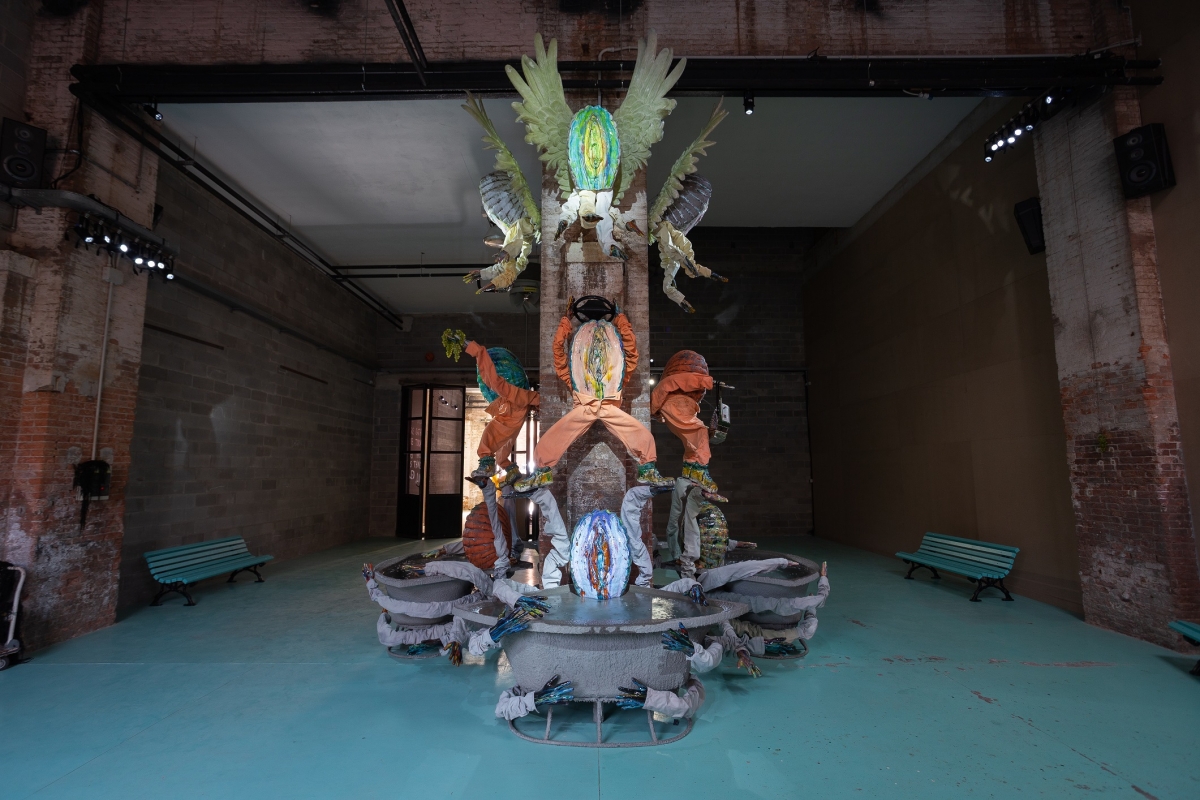
Exhibition view. Kris Lemsalu “Birth V – Hi and Bye”. Exhibition view. Photo by Andrej Vasilenko. The Estonian Pavilion at the 58th Venice Biennial. Commissioned and produced by Center for Contemporary Arts, Estonia
Glazed and oozing, ceramic is a constant companion of civilisation. The fountain is a primordial element of community: it is the watering holes at which all animals meet for life-giving water. Fountains became a decorative element of drinking wells, and, using the divine power of the offer of water, they were often decorated with gods or natural elements. Lemsalu’s sculpture is our new Goddess of Light, a resurrected Venus of Willendorf. An enlarged genital organ housed in the body of a mollusc to survive future climates, a Madonna in a Grotto. The sculpture’s references come from the Christian tradition, but often allude to their pre-Christian origins. Eggs and circular basketballs float around the headless goddess. Using ceramic, an archaeological and futurological object that combines the ideas present in the work, it is associated with bygone civilisations, as well as the craft movements of the 80s, and continues to be a common reference in contemporary art.
At the opening performance of the pavilion, the monument remained concealed in a shroud of darkness. Three ghoulish figures draped in baskets and colourful billowing garments moved through dense crowds on a parade float. This early form of performance refers to procession and spirituality with humour and lightness. Although the performers on board the float might have appeared Medieval, music played from a visible Macbook. The aesthetic of ‘Druids on Laptops’ points to the desire for recalcitrance, to the rituals of old, a rejection of modern myths in favour of ancient truths, while incorporating technological advances. The performance connects technology with opera, Buto chants, and the resurrection of a primeval Zoroastrian goddess, to comment on the cyclical nature of belief.
The procession slowly illuminated the central sculpture with flame and song, a ritual replete with haunted chants. The goddess’ form emerged with the light as a giant crustacean-vulva emerging from a seashell mixing several ancient references to female energy. Heavy glazing drips squeeze past the orifices. Dressed in trousers and holding an array of objects, the new matriarch is a reincarnation of the female monster, a destruction of modern womanhood in favour of primordial muck. Venus, the Goddess of Love, depicted standing on a seashell, the bull-testicle-clad Artemis of Ephesus, Nike, a goddess with wings, a wrathful and jealous Hera, the Danube Amazons who sacrificed men and sprinkled their blood on the fields before devouring their corpses in extravagant rituals for crop fertility. Water gives cleansing life and rebirth.
The performance at the opening was part of what gave the fountain of Birth V its humour, its performativity, and an additional set of references through an outpouring of activation. But with a single performance, the fountain remains inaugurated, without additional gestures for the rest of the visitors. Performed only to accredited audiences, the ‘birth’ of the fountain is obscured for local audiences, and contradicts the democratic gesture of its geographical position. After this ritualistic inauguration of the monument, the ecstatic moment of birth, the crowd dispersed. For the remainder of the exhibition, the fountain remains with qualities of playfulness and operatic lightness, but without displays of fevered reverence. While the monument remains, it might be an occasion for sporadic moments of festivity and gathering in outpourings of devotional offerings.
Kris Lemsalu’s Estonian Pavilion demands a collision of references to the past and the future, a decadent display of human ingenuity, necessity and belief. It reclaims a lost spirituality for the present, based on primordial truths and inspired outpourings of ritualistic energy. With a set of references that create a new myth, the work blends with the setting of Venice like a punk Madonna in a grotto, creating its own reality in time and space. The work stands as a monument to a new age of reclaimed power of the female monster, an immortal goddess of light and rebirth.
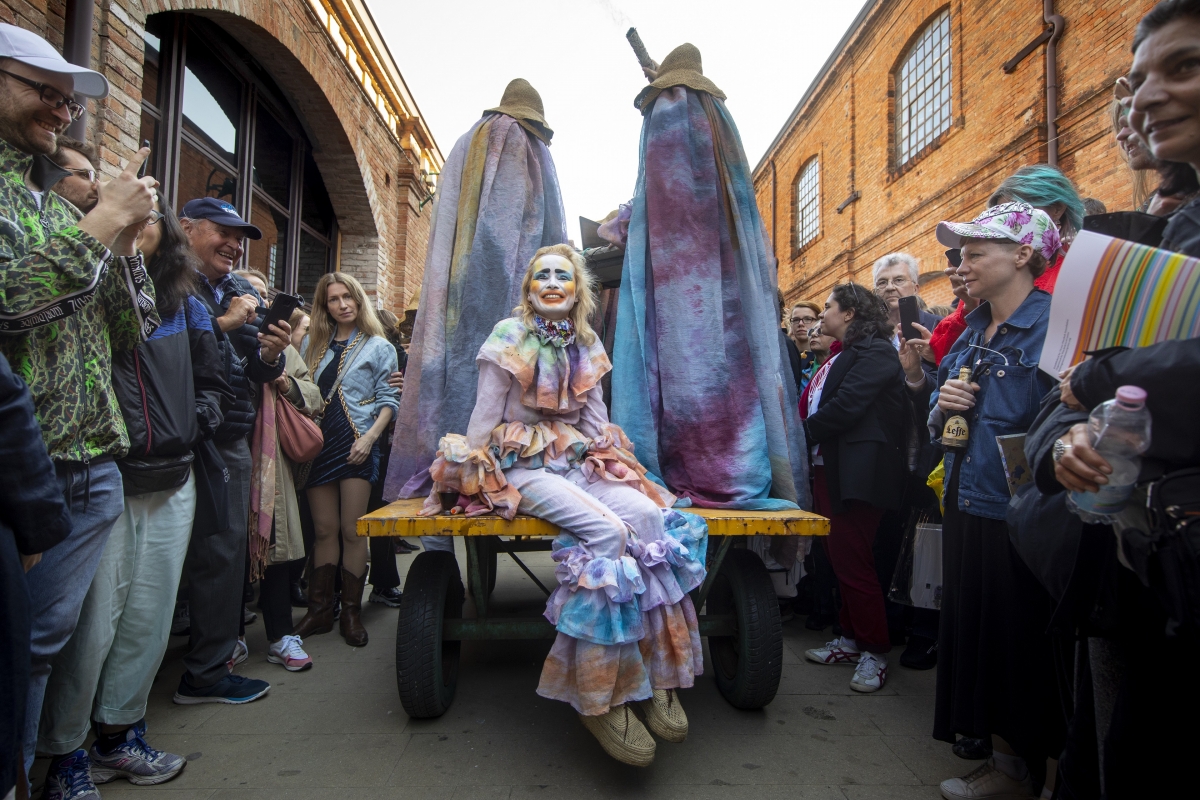
Performance by Michael Kleine, Roman Lemberg, Michiko Takahashi, Carola Caggiano at the opening of the Estonian Pavilion at the 58th Venice Biennial. Photo by David LeveneThe Estonian Pavilion at the 58th Venice Biennial. Commissioned and produced by Center for Contemporary Arts, Estonia

Performance by Michael Kleine, Roman Lemberg, Michiko Takahashi, Carola Caggiano at the opening of the Estonian Pavilion at the 58th Venice Biennial. Photo by David LeveneThe Estonian Pavilion at the 58th Venice Biennial. Commissioned and produced by Center for Contemporary Arts, Estonia
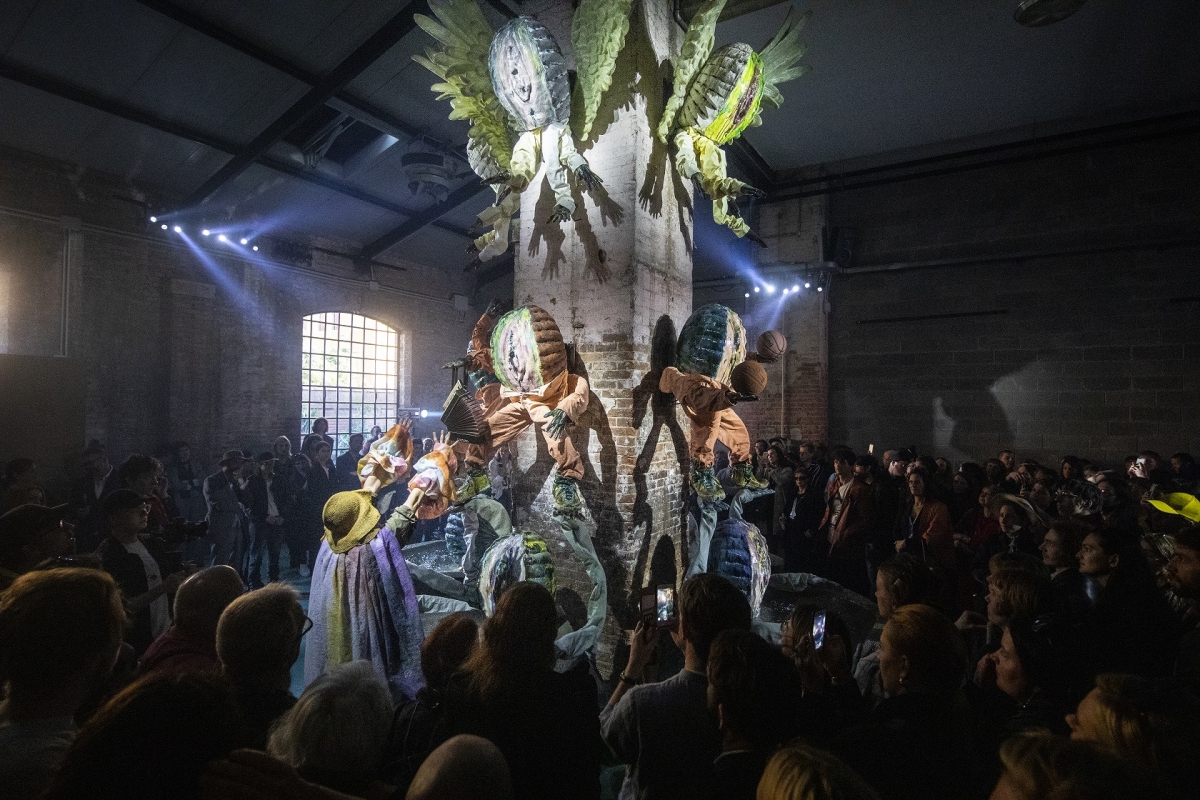
Performance by Michael Kleine, Roman Lemberg, Michiko Takahashi, Carola Caggiano at the opening of the Estonian Pavilion at the 58th Venice Biennial. Photo by David LeveneThe Estonian Pavilion at the 58th Venice Biennial. Commissioned and produced by Center for Contemporary Arts, Estonia
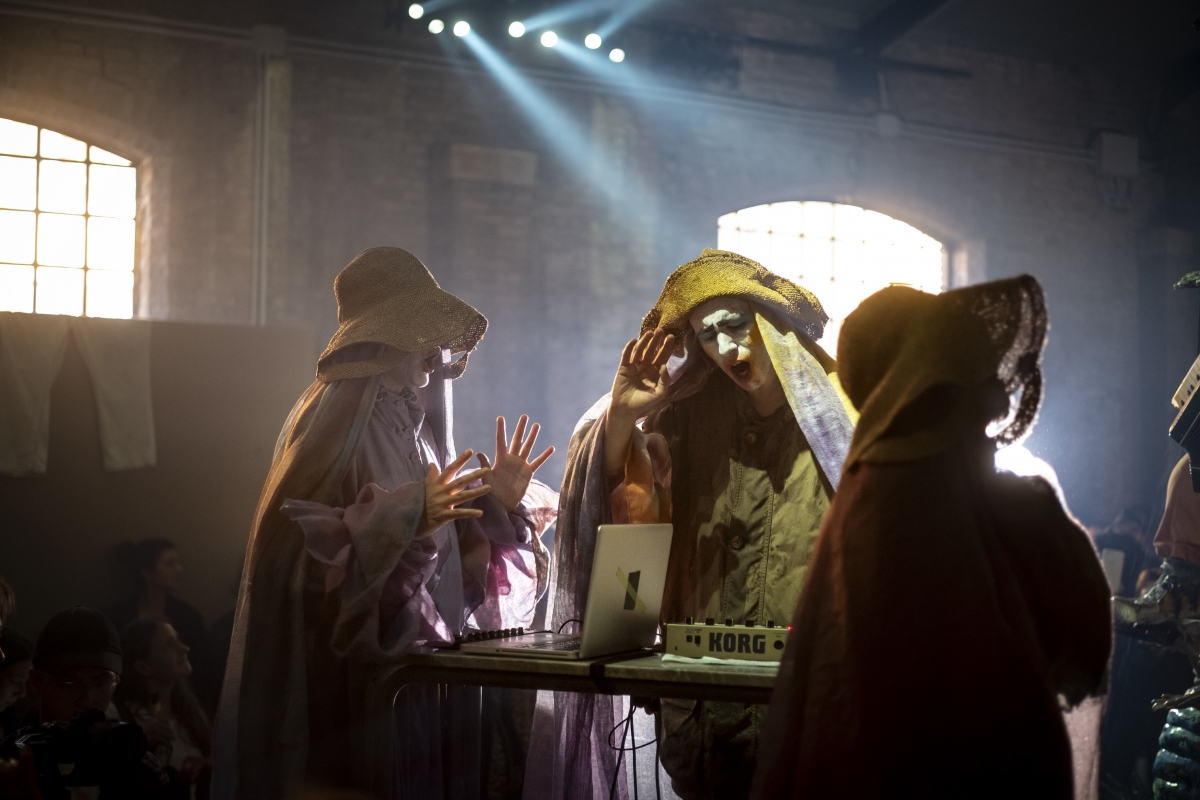
Performance by Michael Kleine, Roman Lemberg, Michiko Takahashi, Carola Caggiano at the opening of the Estonian Pavilion at the 58th Venice Biennial. Photo by David LeveneThe Estonian Pavilion at the 58th Venice Biennial. Commissioned and produced by Center for Contemporary Arts, Estonia
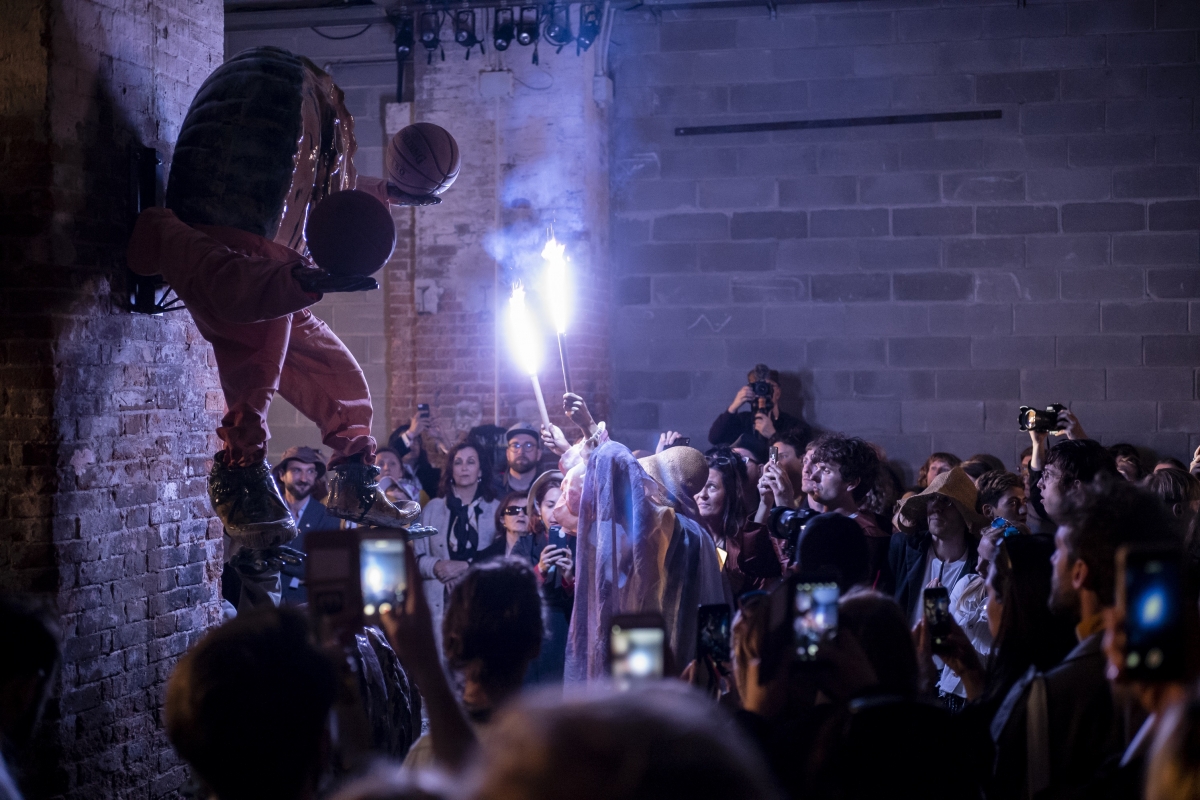
Performance by Michael Kleine, Roman Lemberg, Michiko Takahashi, Carola Caggiano at the opening of the Estonian Pavilion at the 58th Venice Biennial. Photo by David LeveneThe Estonian Pavilion at the 58th Venice Biennial. Commissioned and produced by Center for Contemporary Arts, Estonia

Exhibition view. Kris Lemsalu “Birth V – Hi and Bye”. Exhibition view. Photo by Andrej Vasilenko. The Estonian Pavilion at the 58th Venice Biennial. Commissioned and produced by Center for Contemporary Arts, Estonia
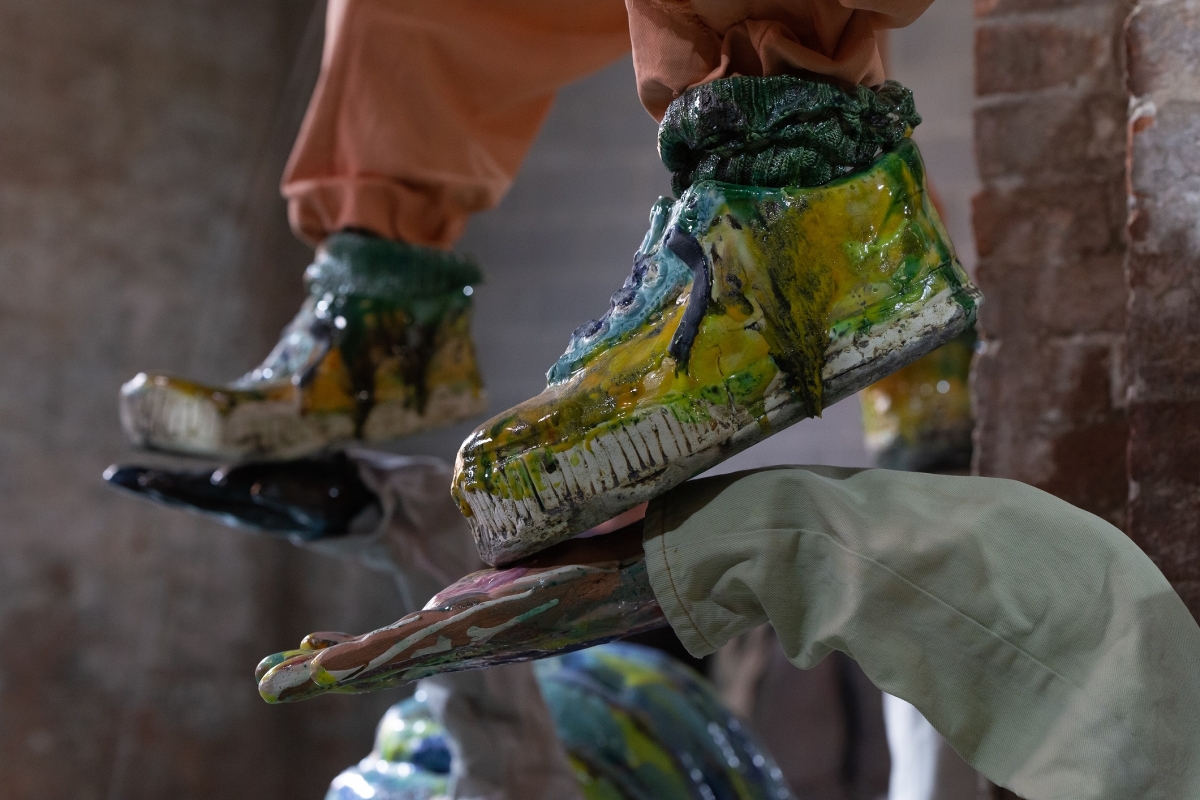
Exhibition view. Kris Lemsalu “Birth V – Hi and Bye”. Exhibition view. Photo by Andrej Vasilenko. The Estonian Pavilion at the 58th Venice Biennial. Commissioned and produced by Center for Contemporary Arts, Estonia
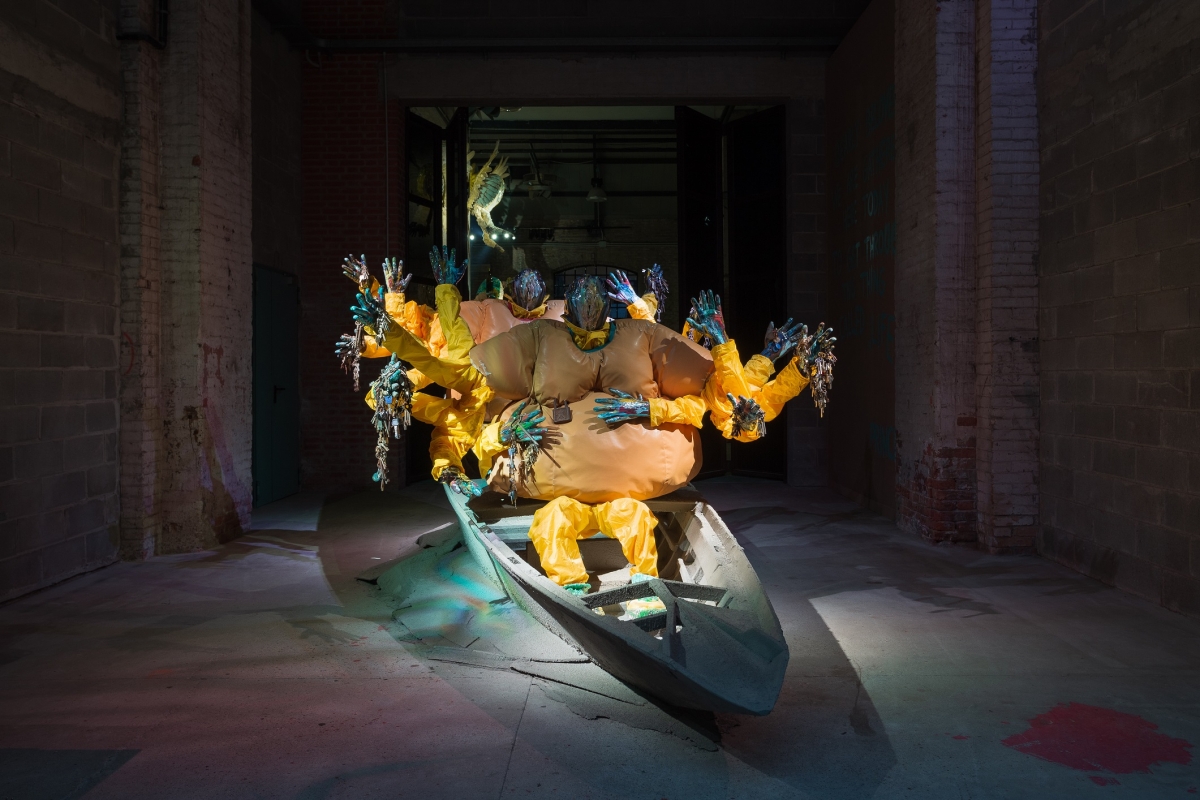
Exhibition view. Kris Lemsalu “Birth V – Hi and Bye”. Exhibition view. Photo by Andrej Vasilenko. The Estonian Pavilion at the 58th Venice Biennial. Commissioned and produced by Center for Contemporary Arts, Estonia

Exhibition view. Kris Lemsalu “Birth V – Hi and Bye”. Photo by Kent Märjamaa. The Estonian Pavilion at the 58th Venice Biennial. Commissioned and produced by Center for Contemporary Arts, Estonia

Exhibition view. Kris Lemsalu “Birth V – Hi and Bye”. Photo by Kent Märjamaa. The Estonian Pavilion at the 58th Venice Biennial. Commissioned and produced by Center for Contemporary Arts, Estonia
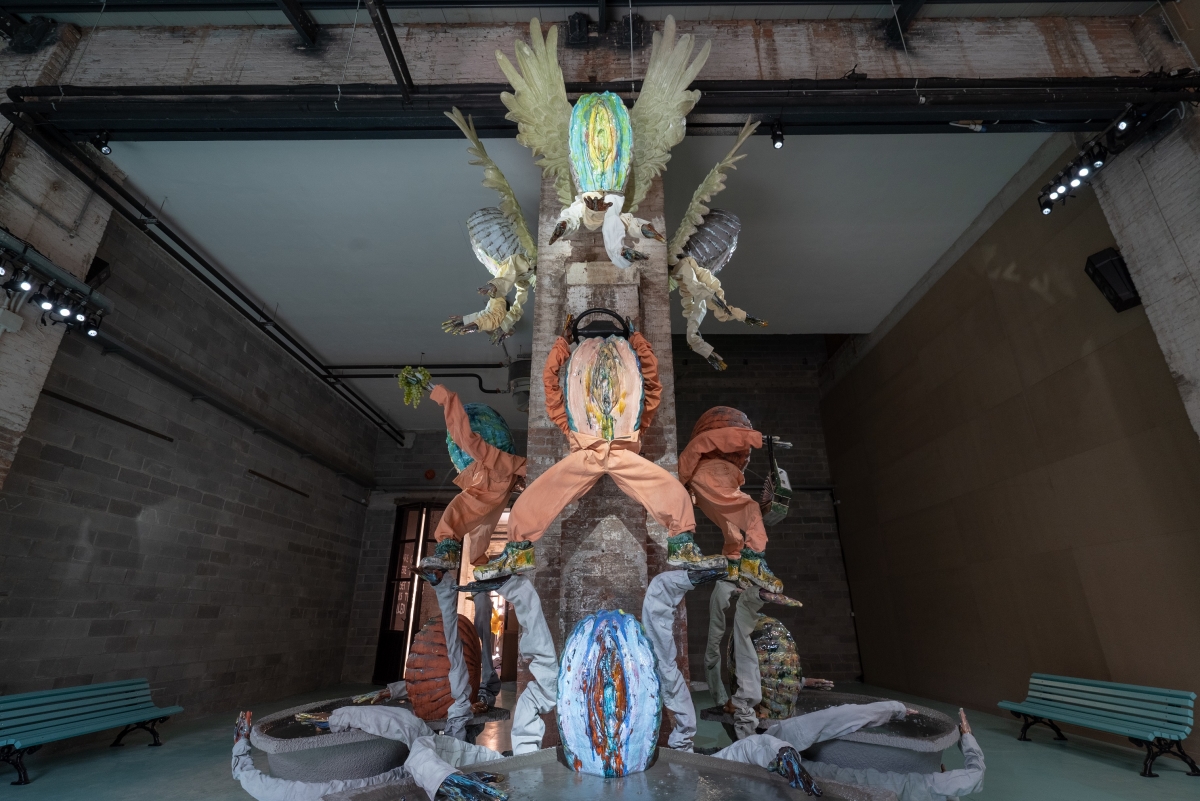
Exhibition view. Kris Lemsalu “Birth V – Hi and Bye”. Photo by Kent Märjamaa. The Estonian Pavilion at the 58th Venice Biennial. Commissioned and produced by Center for Contemporary Arts, Estonia






























